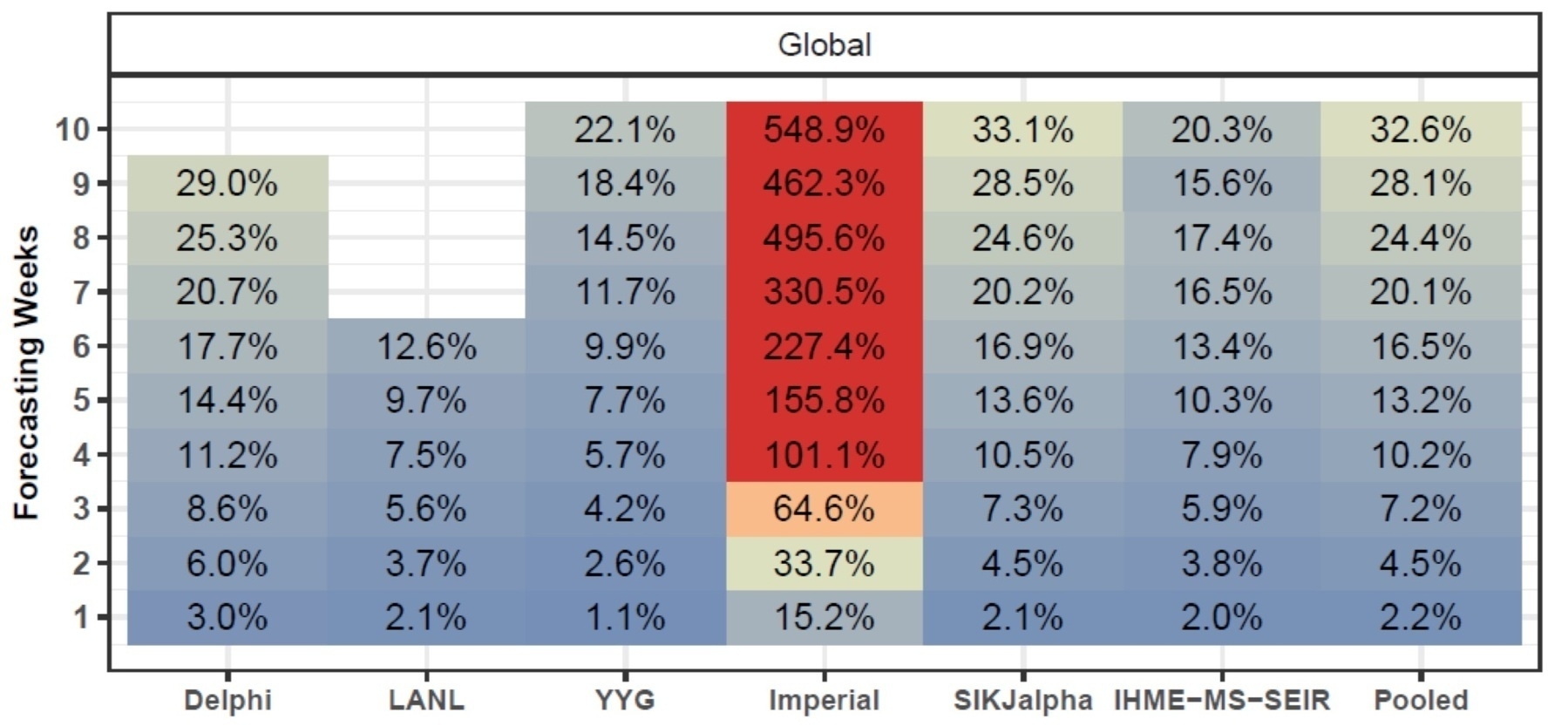@ayjay on children's crusades
This got my attention both because of its current echoes and because he’s right - I’ve forgotten it:
In this “moral panic” of thirty years ago, social workers and, later, prosecutors elicited from children horrific tales of Satan-worship, sexual abuse, and murder — and then, when anyone expressed skepticism, cried “We believe the children!” But every single one of the stories was false. … Moreover — and this is the point that I can’t stop thinking about — *the entire episode has been erased from our cultural memory. *
It pairs well with If Then, his reflection on reading the book of the same name.
When we, day by day and hour by hour, turn a direhose of distortion and misinformation directly into our own faces, we lose the ability to make measured judgments. We lash out against those we perceive to be our enemies and celebrate with an equally unreasonable passion those we deem to be our allies. … But there is another and still simpler problem with our presentism: we have no idea whether we have been through anything like what we are currently going through.
At this point he references his earlier post.
But only then does he begin to engage with If Then, where he points out that the current hope, hype, and fear of algorithms and technorati started 50 years ago with the Simulmatics corporation.
Which we’ve also forgotten.

